Geary: A Quiet Corner of Skye with a View to Forever
I ventured to one of the Isle of Skye’s most tranquil and tucked-away hamlets—Geary. Nestled on the Waternish Peninsula, Geary is the kind of place that doesn’t announce itself. There are no grand signs, no bustling cafés, no crowds. Just a handful of crofts, a winding single-track road, and a view that stretches across centuries and sea.
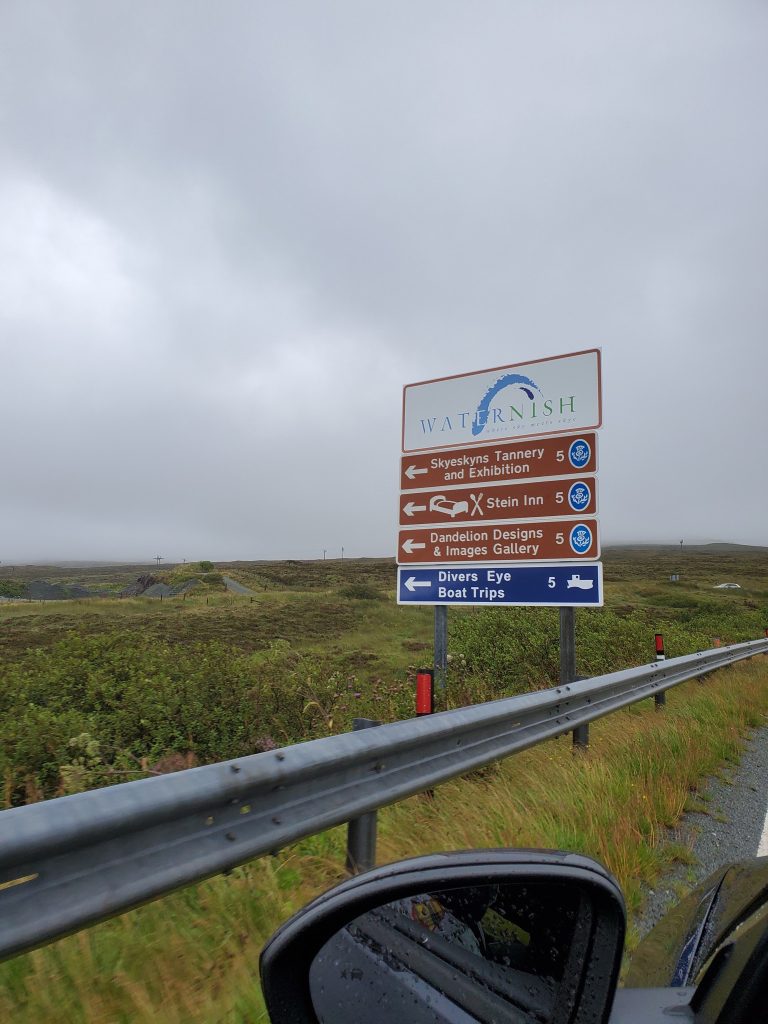
It quickly became the first home in this beautiful area.
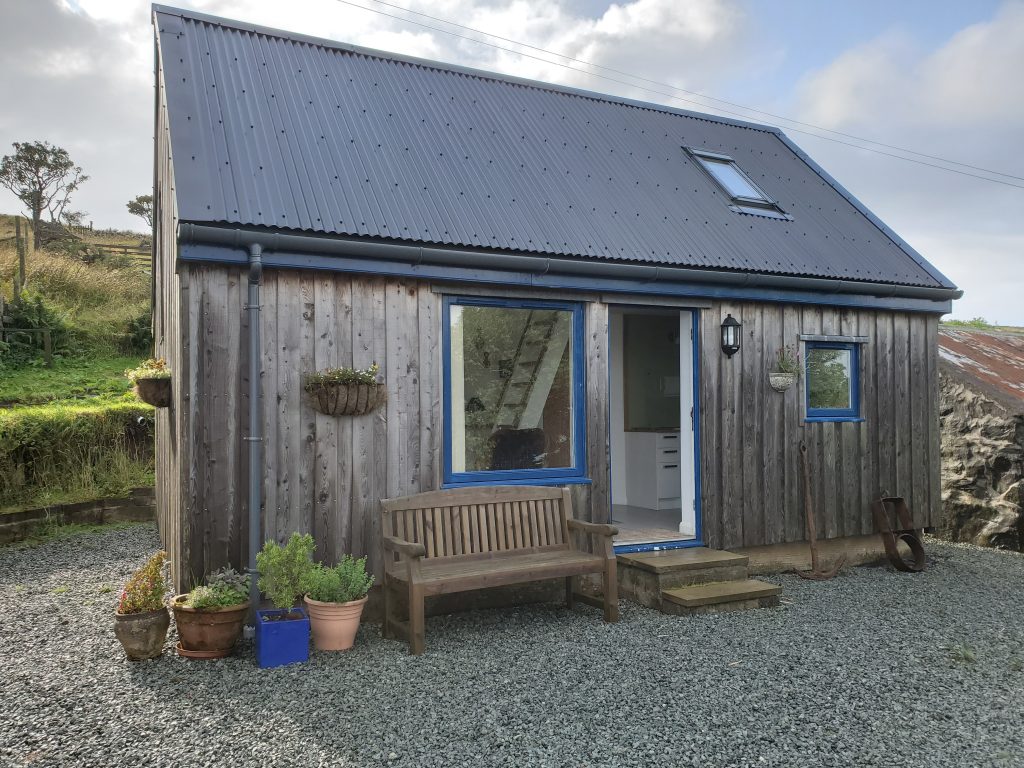
This little cottage would be come home base for exploring Scotland, Skye and areas beyond the the Minch. It was not much like a small studio flat, with a loft bedroom. The main building was rented by a crofter and its owners lived down in Wales.
🌊 A View Across the Sound
Geary sits on the northeastern edge of Waternish, facing out across Loch Snizort and the Sound of Raasay. On clear days, the view is nothing short of majestic: the jagged outline of the Trotternish Ridge to the east, the distant hills of Raasay and the mainland beyond, and the ever-changing dance of light on the water. It’s a place where the sky feels impossibly wide and the silence is broken only by seabirds and the occasional bleat of sheep.
Sunsets here are spectacular. The western light spills across the loch, painting the sea in gold and rose, while the silhouettes of distant islands drift into shadow. It’s the kind of view that makes you pause, breathe, and remember how vast and beautiful the world can be.
Below as if we needed a perfect setting but Waternish put on a display as if to say welcome.
🏞️ The Waternish Peninsula: Crofting and Culture
Geary is part of the Waternish Peninsula, a region known for its rich crofting heritage and deep historical roots. Nearby villages like Stein, Halistra, and Trumpan each carry their own stories. Stein, just a short drive south, is home to the Stein Inn—the oldest pub on Skye—and a small but vibrant community of artists and craftspeople.
The land here has long been shaped by crofting, a traditional form of small-scale farming unique to the Highlands and Islands. Though the population has dwindled over the years, many of the crofts are still worked, and there’s a quiet pride in the way the land is tended.
🛡️ History and the Tragedy of Trumpan
Just north of Geary lies Trumpan, site of one of Skye’s most tragic and dramatic historical events. In 1578, members of Clan MacDonald of Uist attacked the church at Trumpan, setting it ablaze while the congregation was inside. The MacLeods of Waternish retaliated swiftly, killing the invaders as they fled. The ruined church still stands, its roofless walls and weathered gravestones a haunting reminder of clan warfare and Highland resilience.
Geary itself may not have a dramatic historical monument, but its story is woven into the fabric of Waternish. Like many Highland communities, it was affected by the Highland Clearances of the 18th and 19th centuries, when crofting families were evicted to make way for sheep farming. The scars of those clearances remain in the landscape—in abandoned crofts, in stone walls that lead nowhere, and in the quiet determination of those who stayed.
🌌 A Place to Reflect
What struck me most about Geary was its stillness. It’s a place that invites reflection, where the past feels close and the present feels suspended. Whether you’re walking the coastal path, watching the light shift over the loch, or simply sitting outside a croft with a cup of tea, Geary offers something rare: peace.
If you’re exploring the Isle of Skye and want to step off the beaten path, Geary is worth the detour. It won’t shout for your attention—but it will stay with you long after you’ve gone. In its quiet beauty and deep history, Geary reminds us that sometimes the smallest places hold the biggest stories.
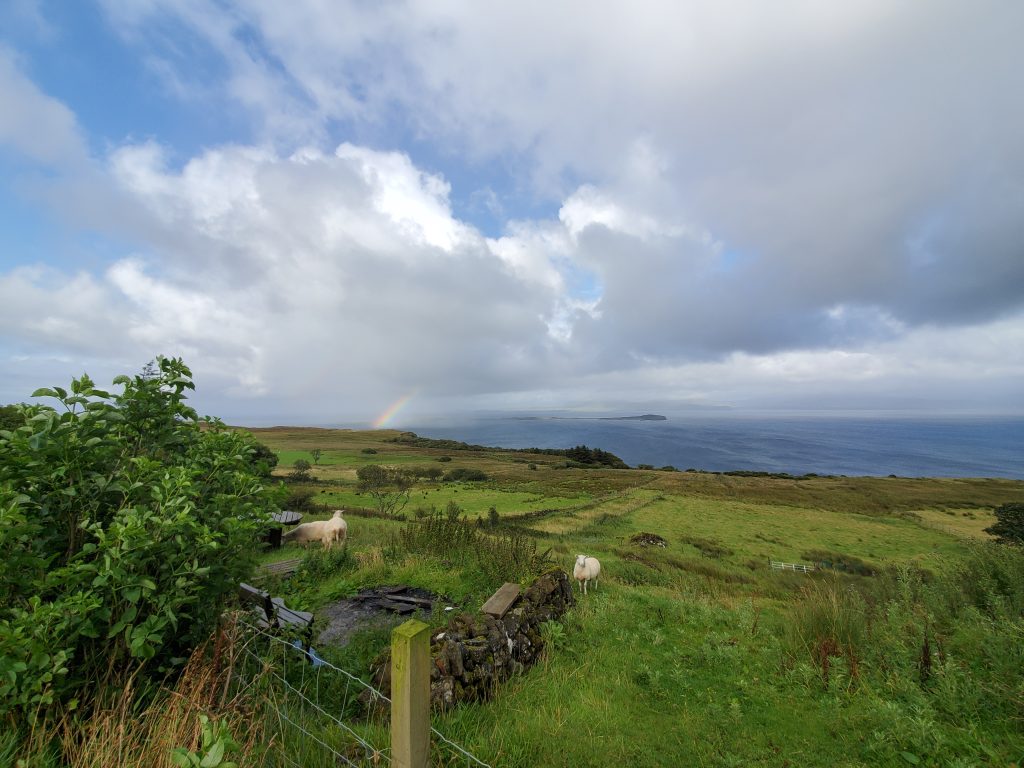
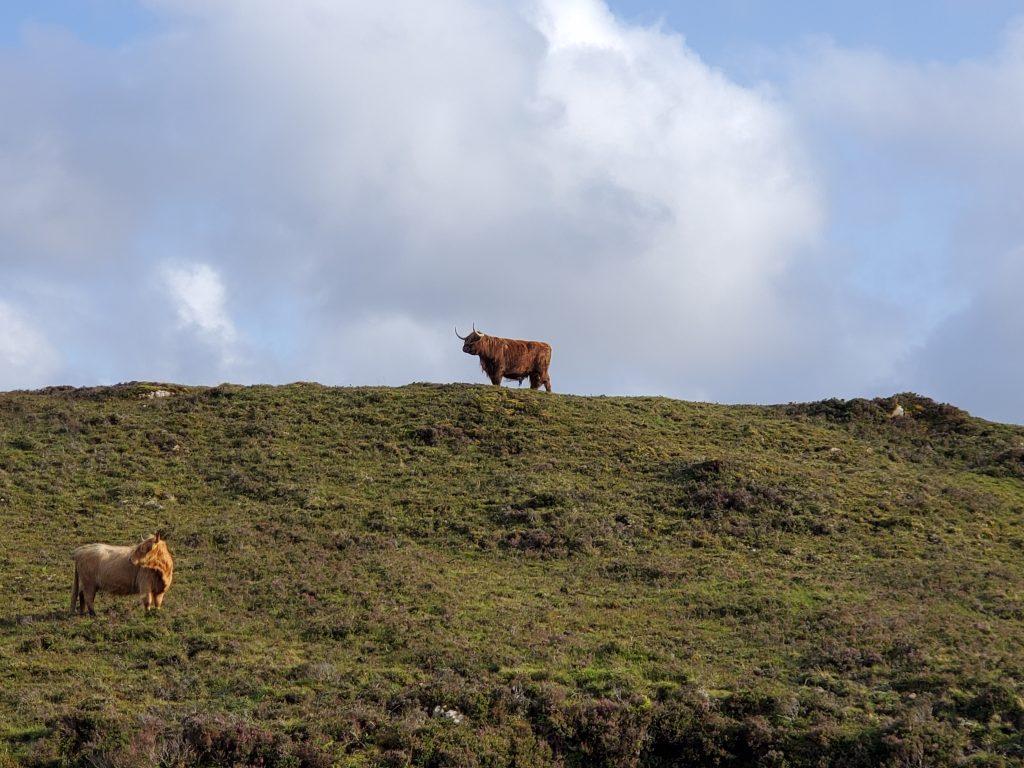
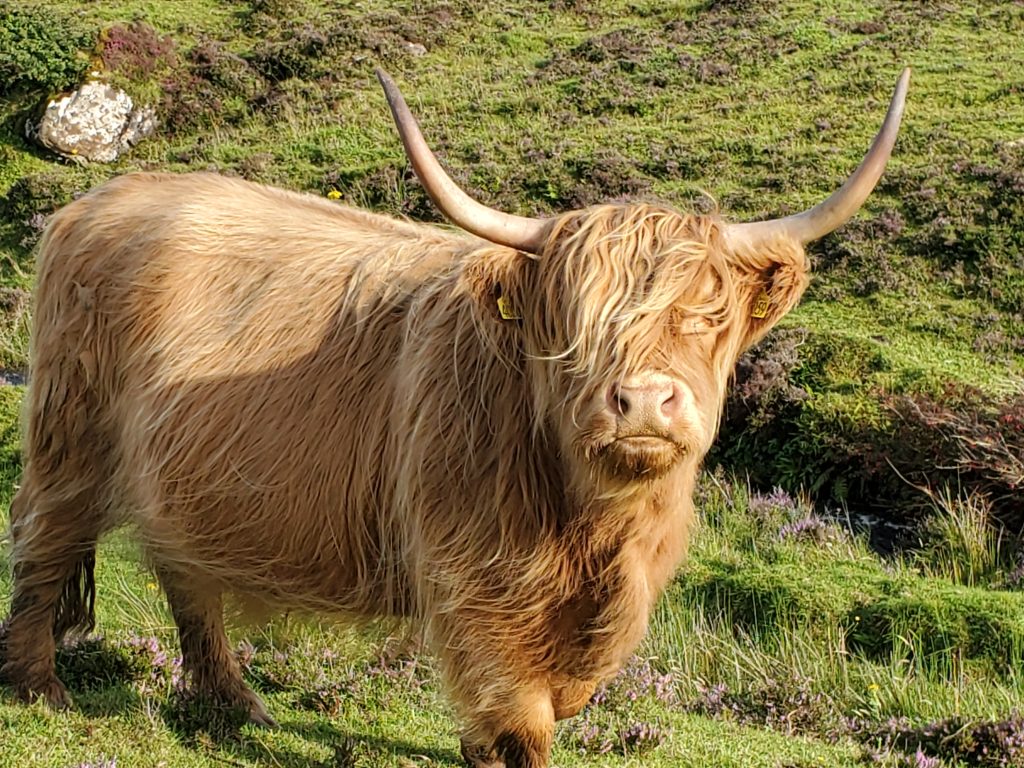
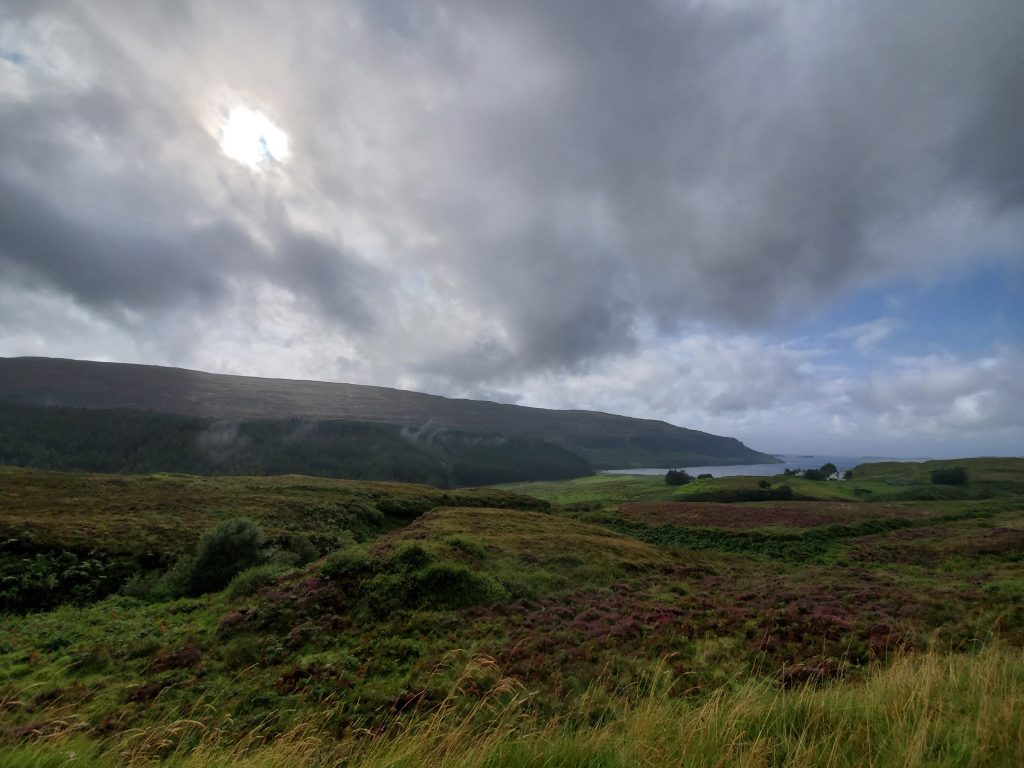


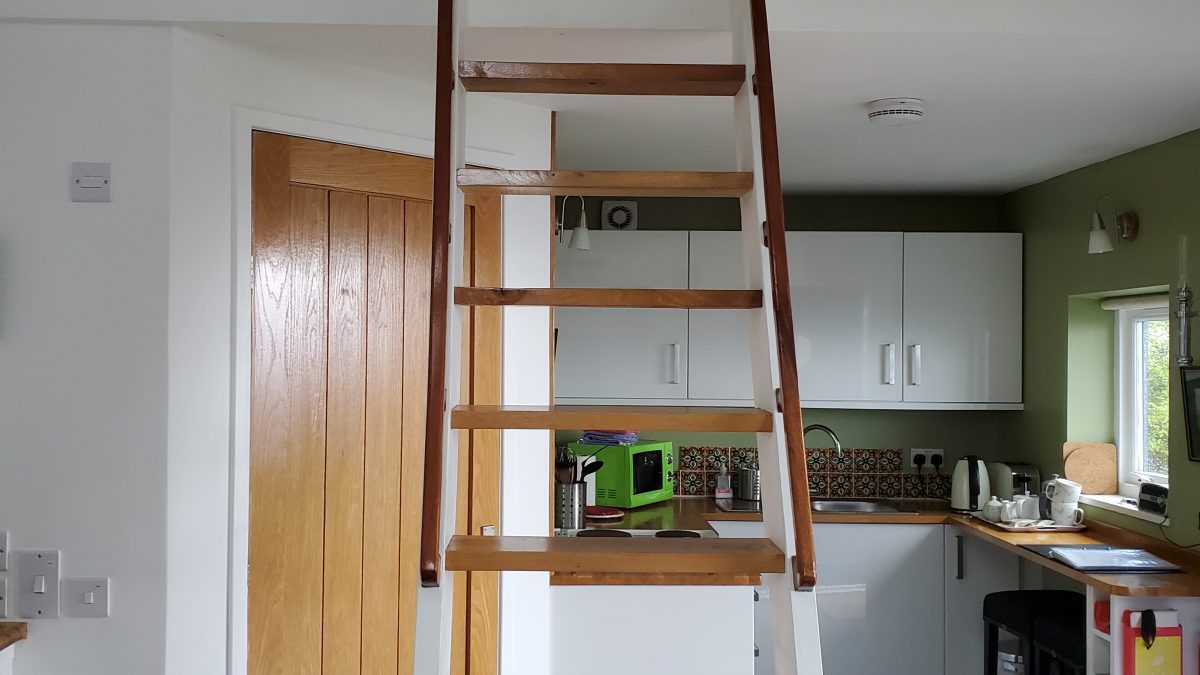
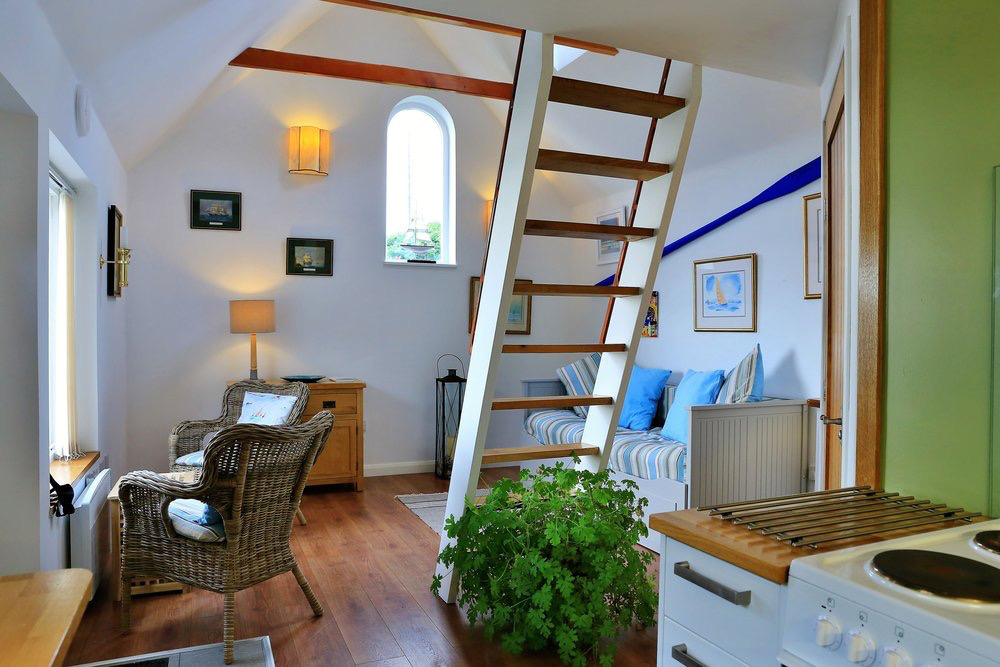


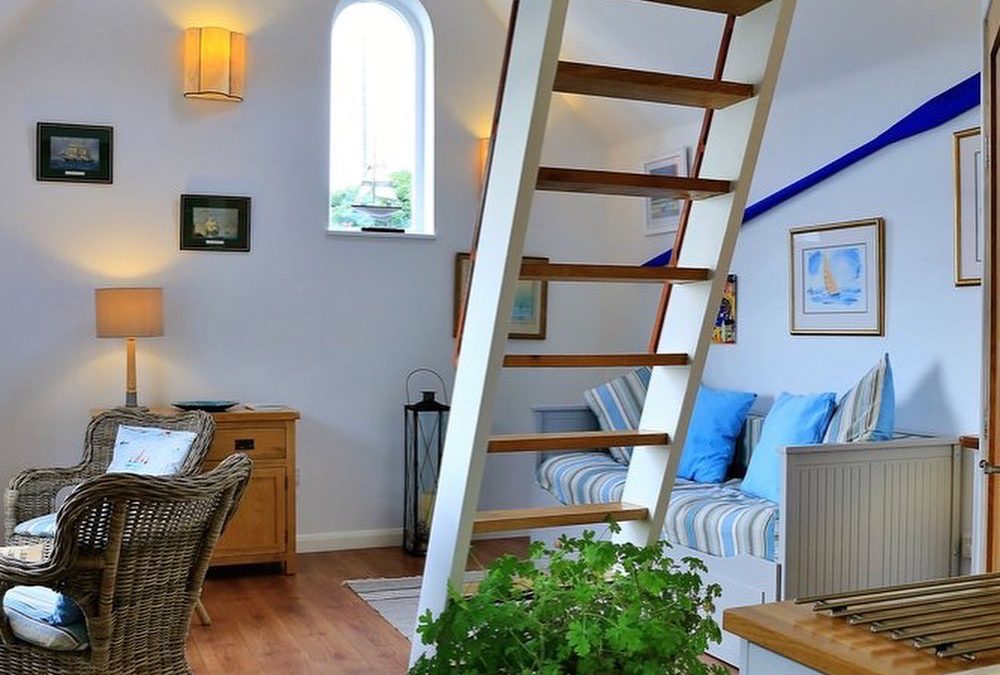
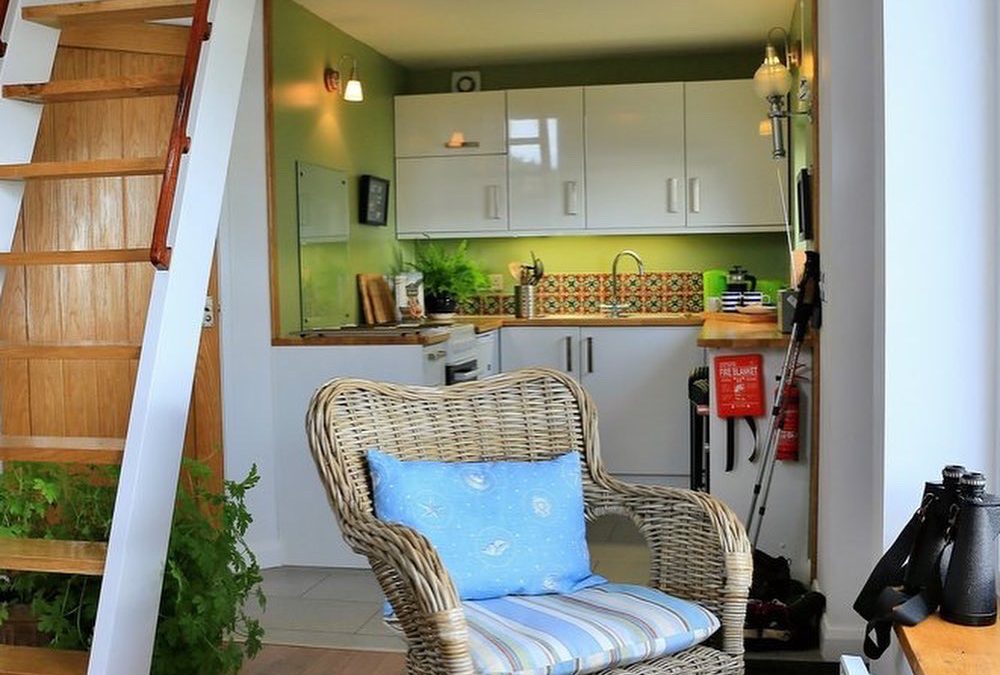
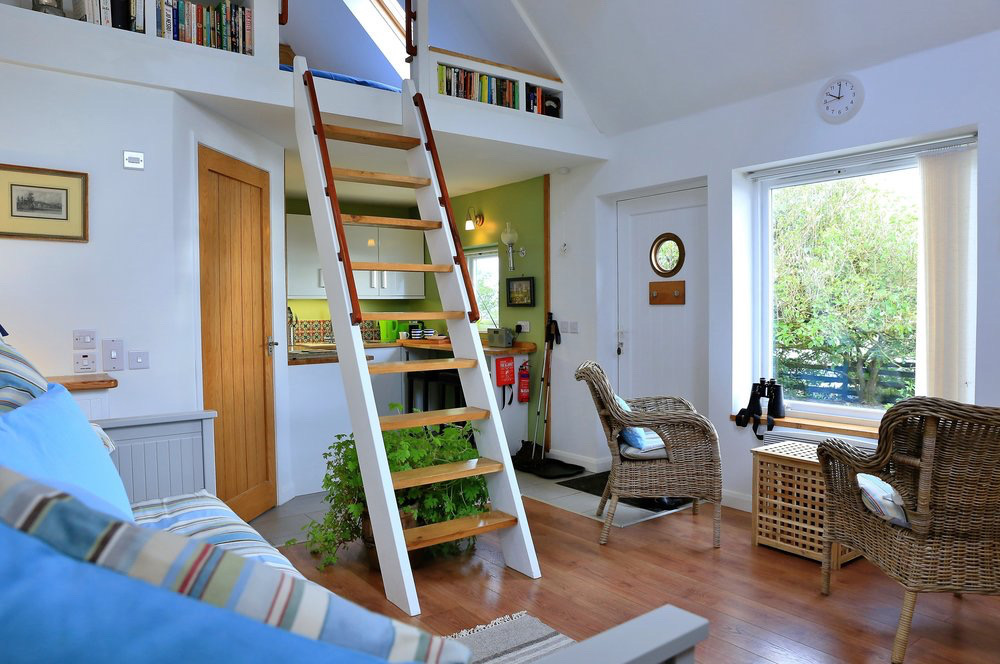

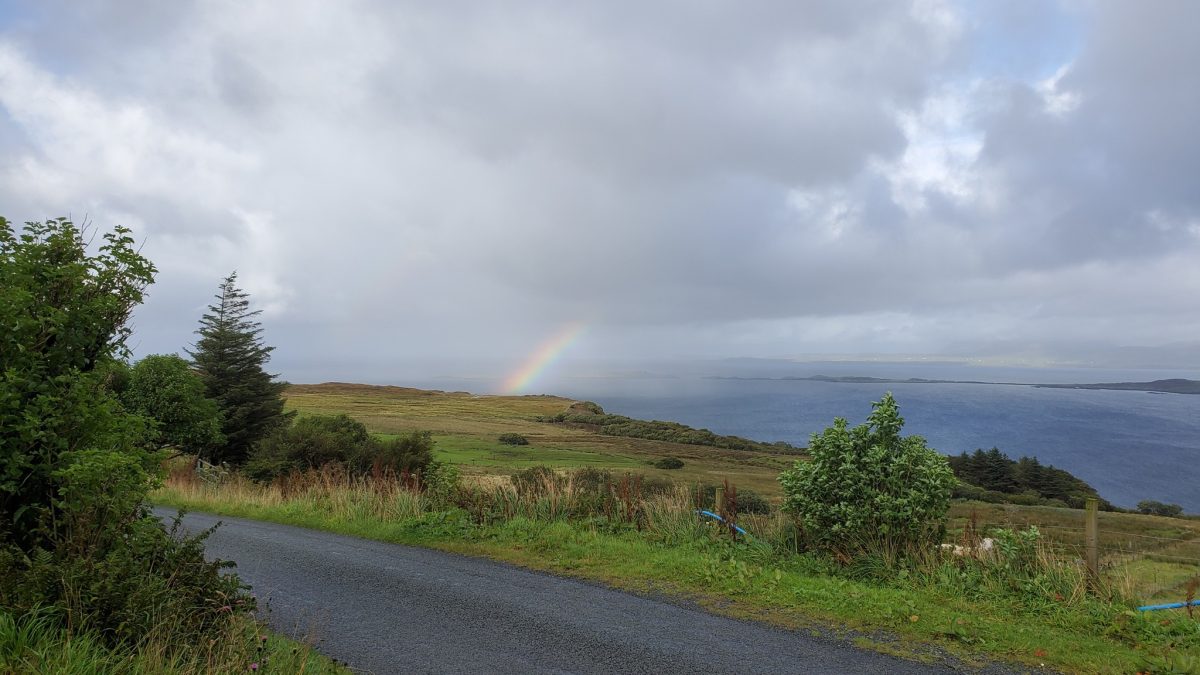
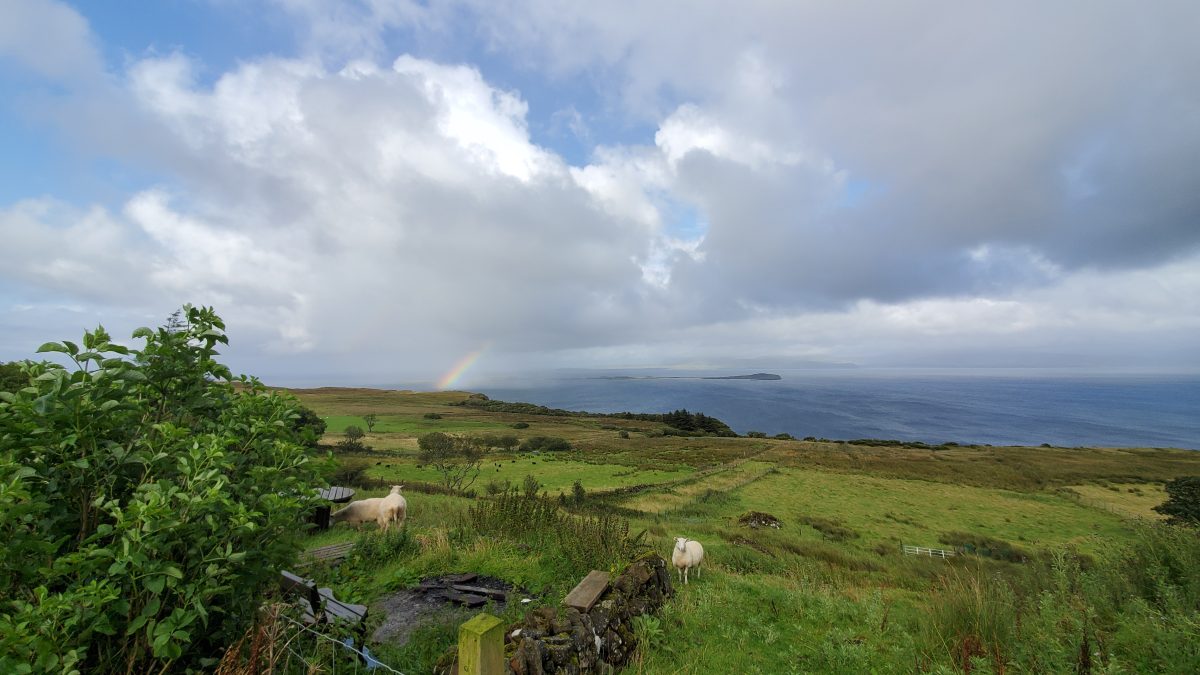
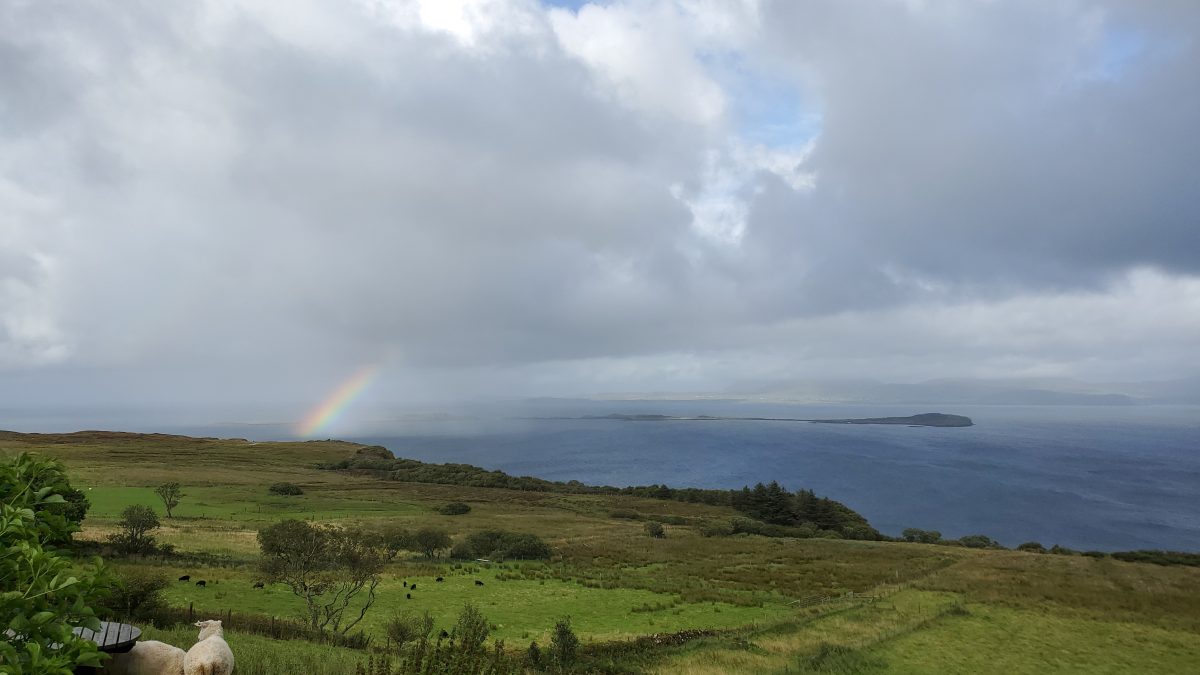
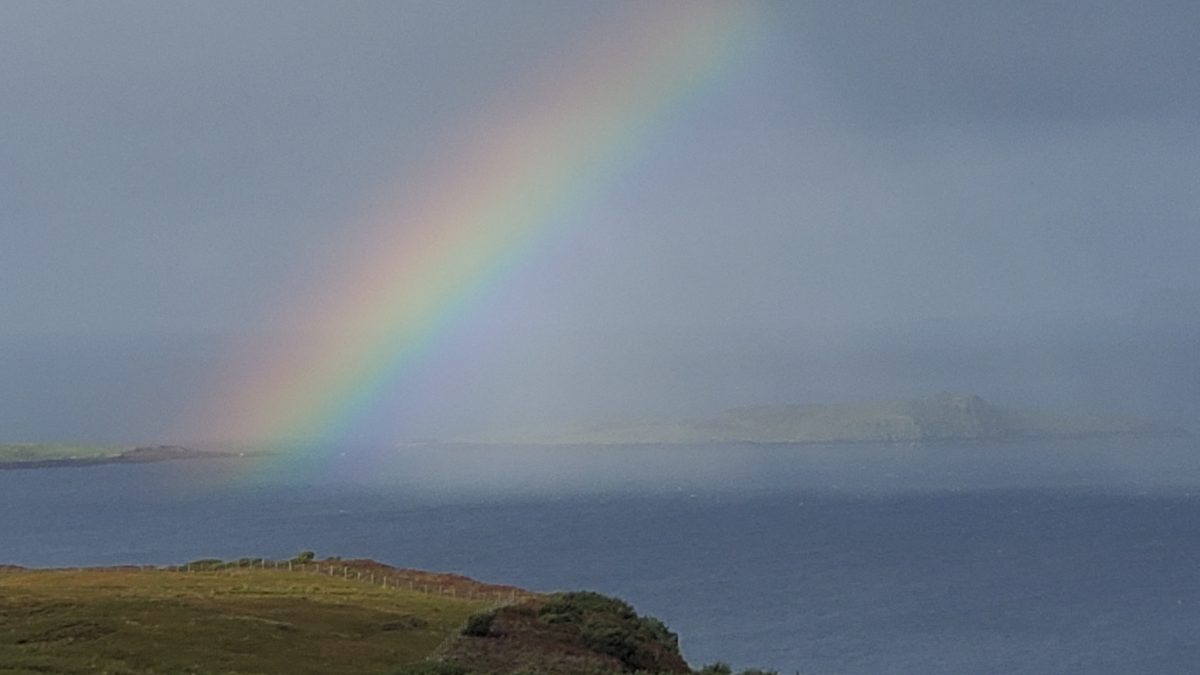

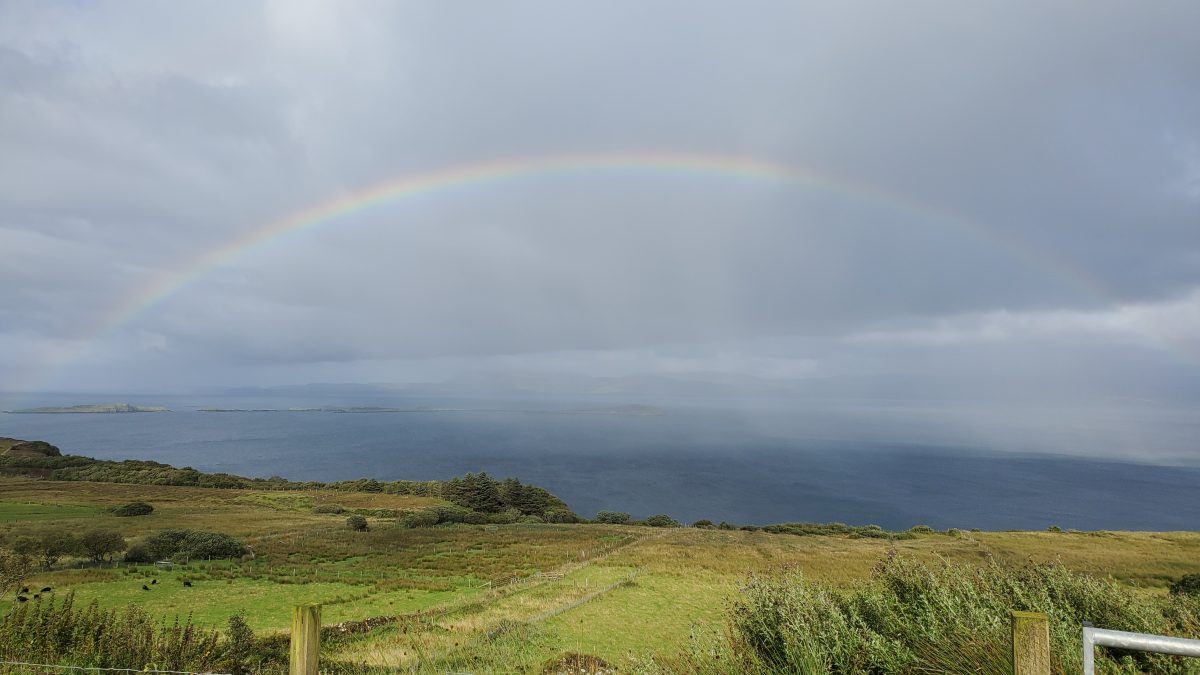
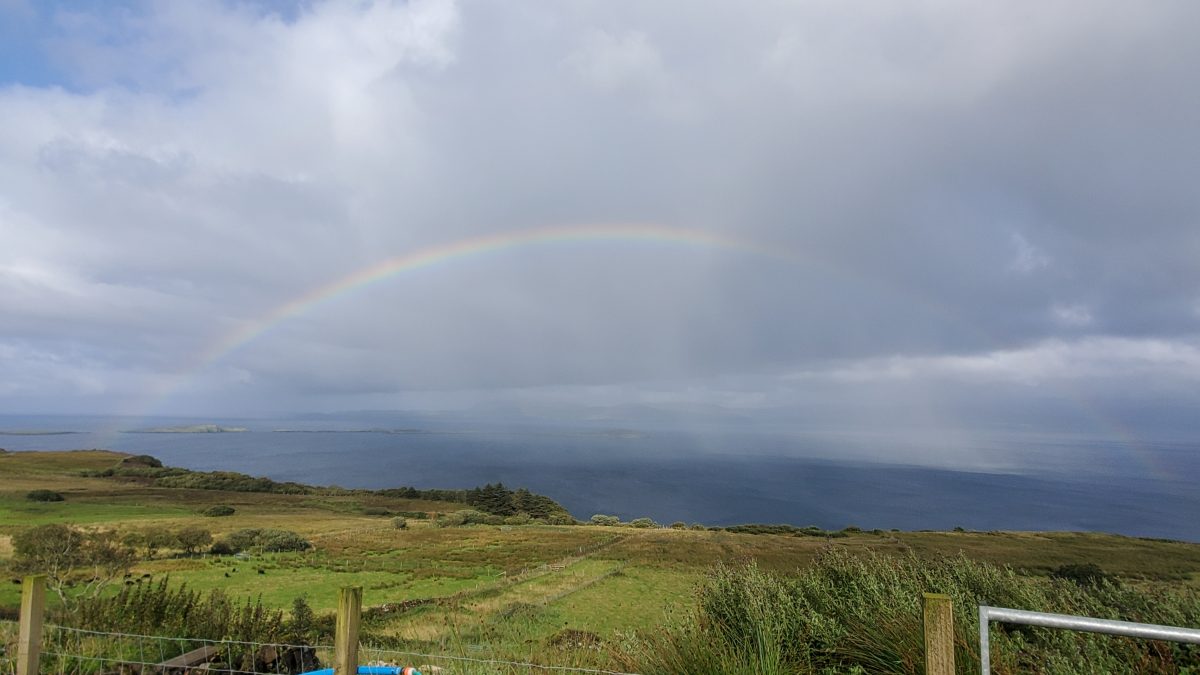
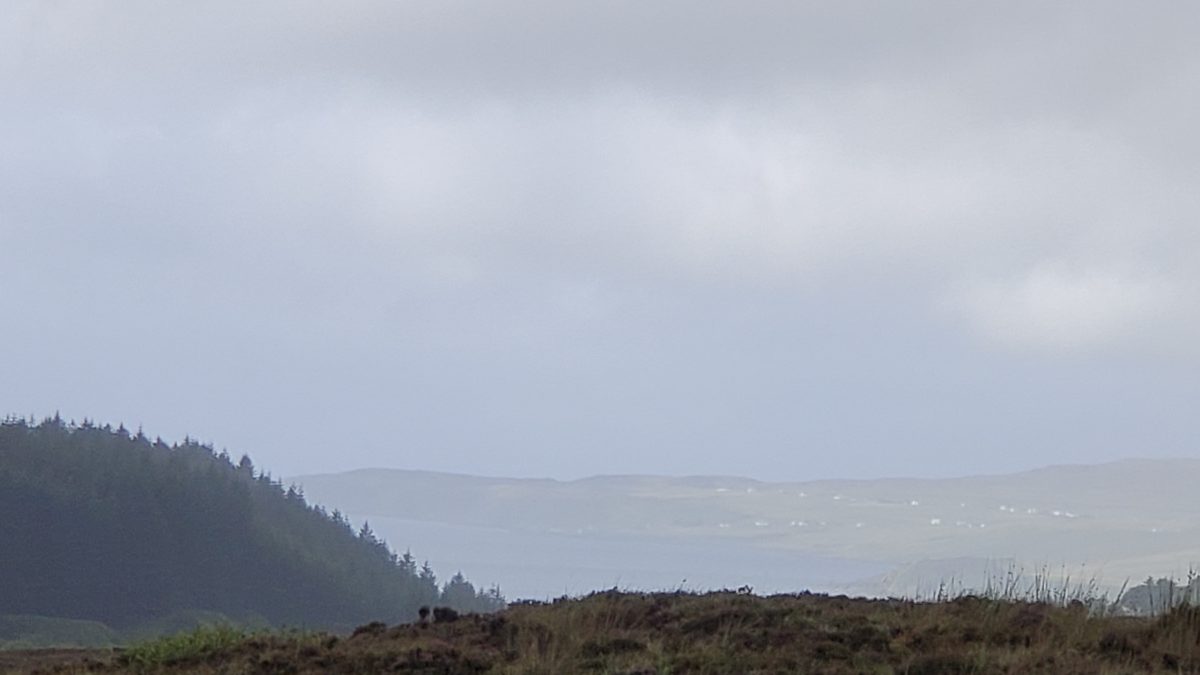
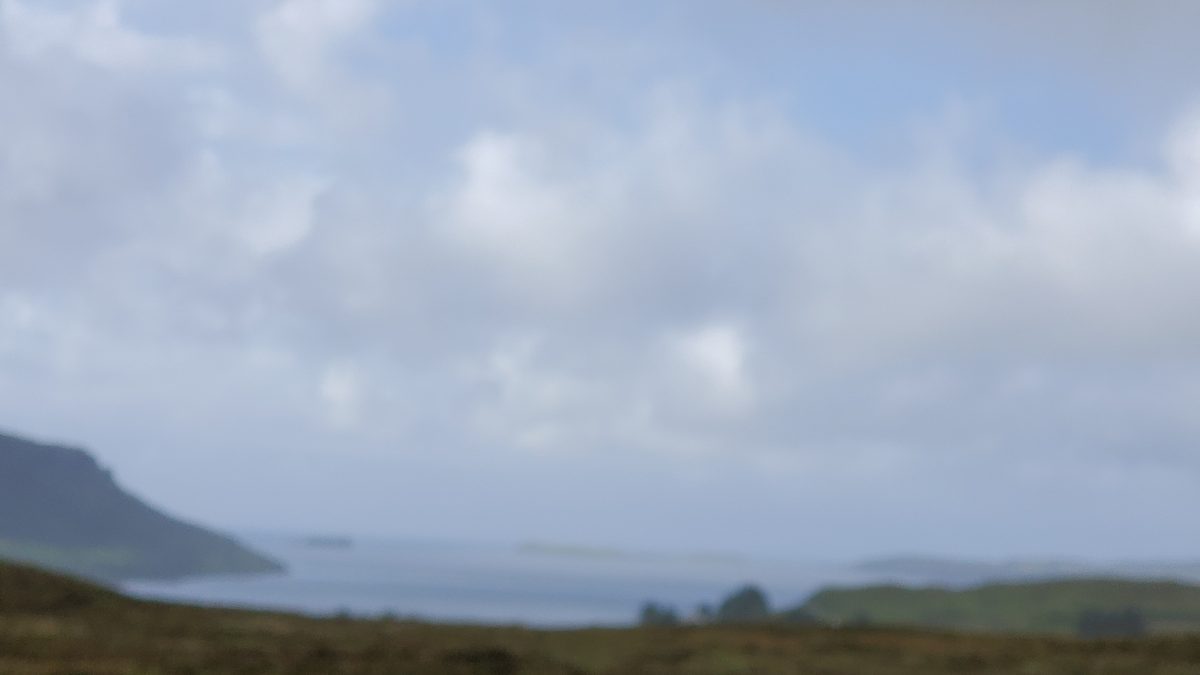
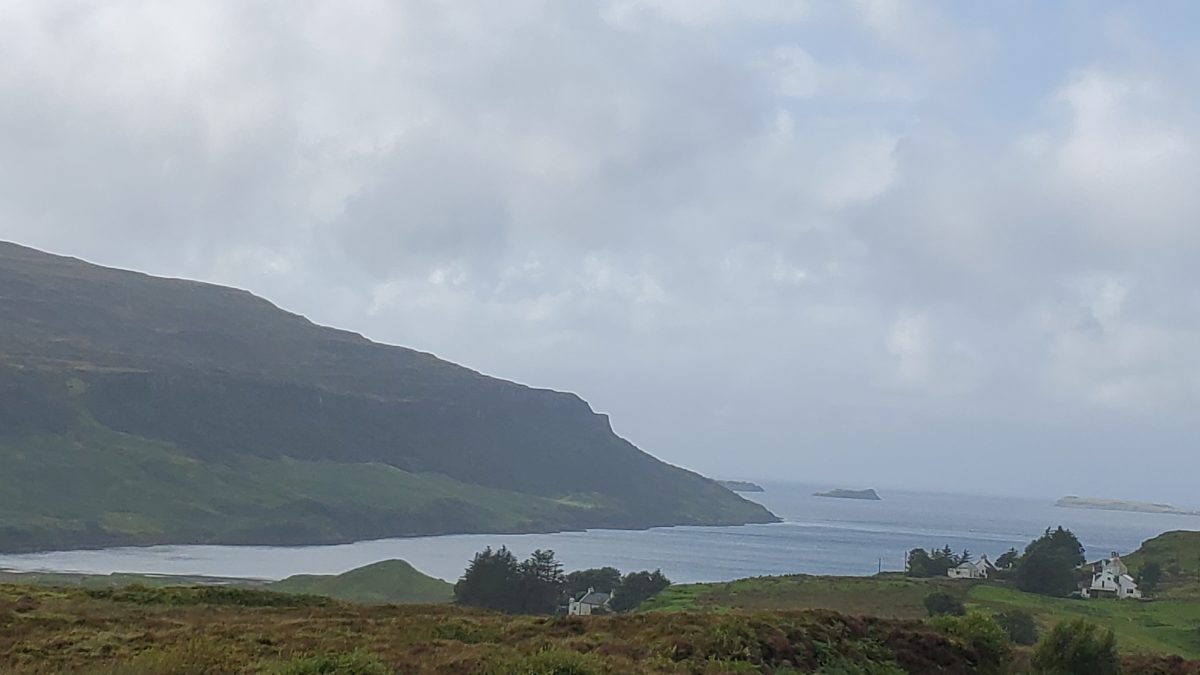
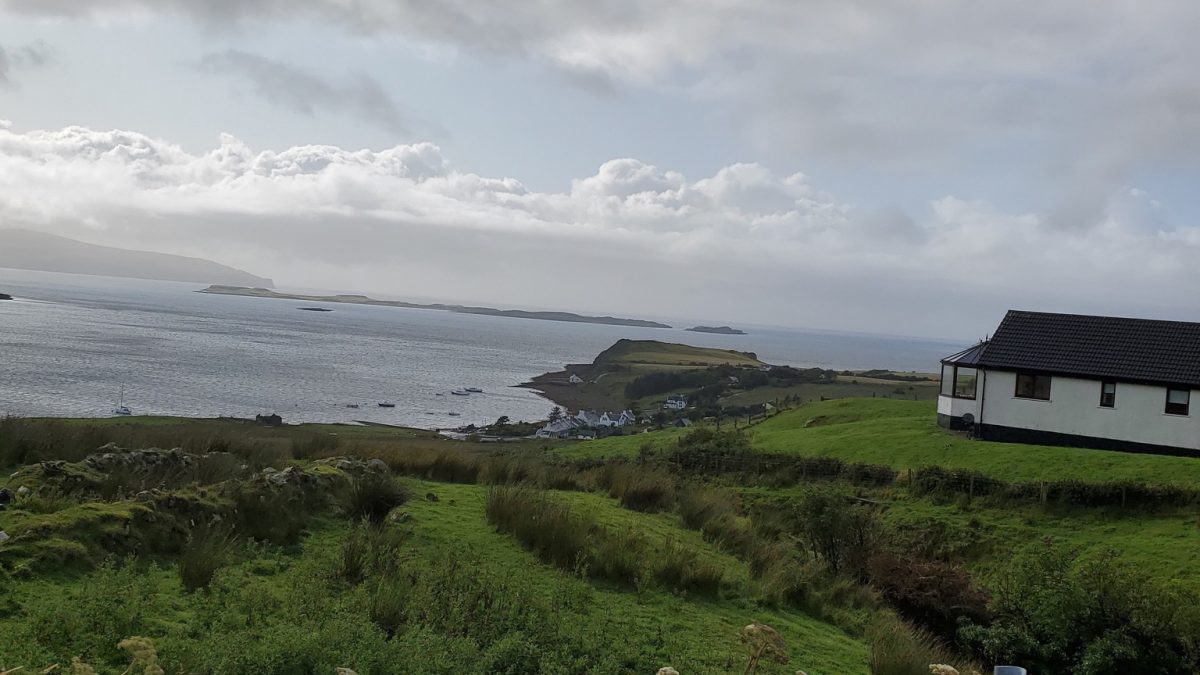
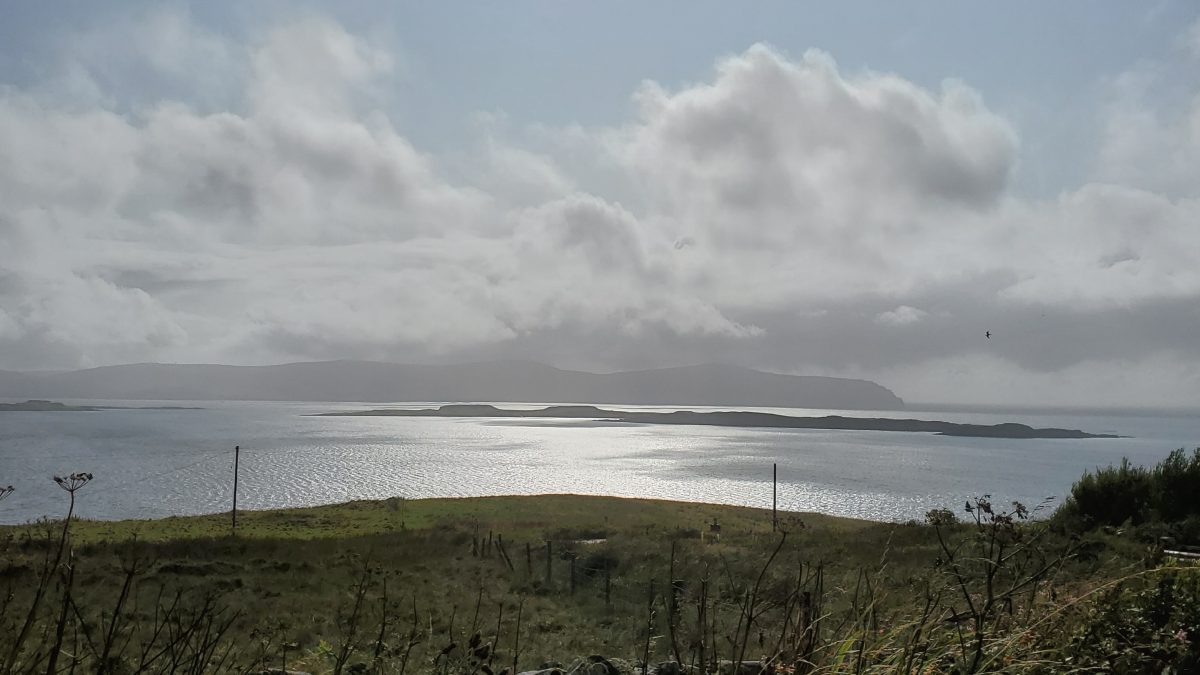
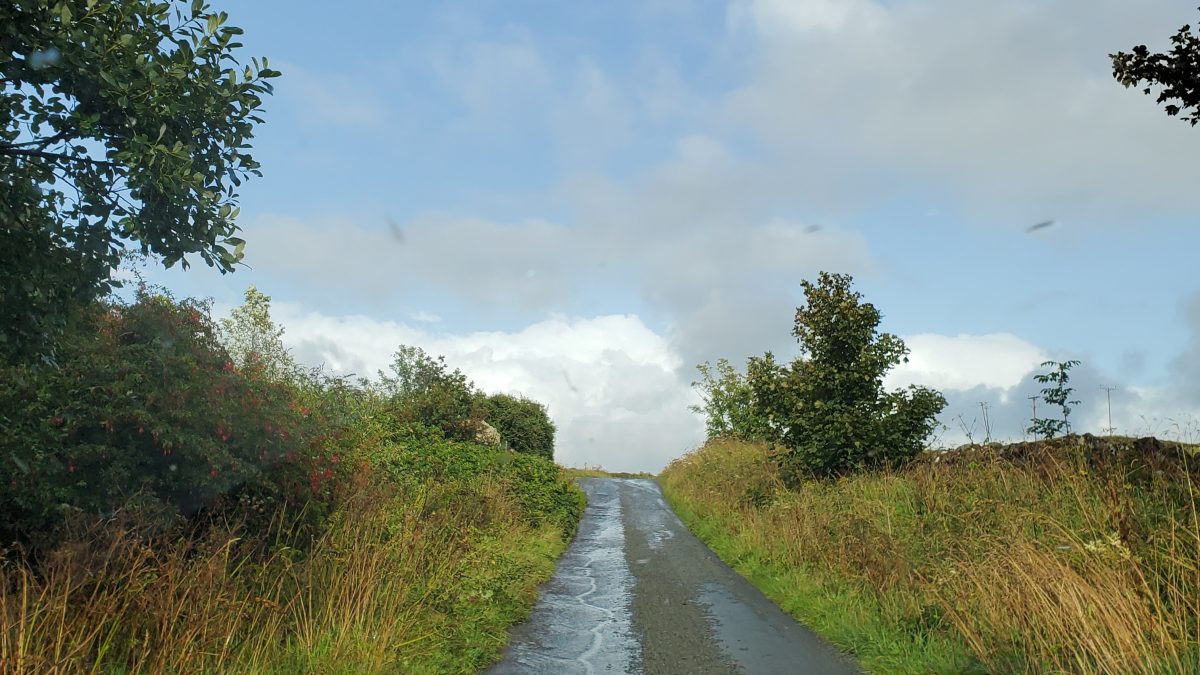
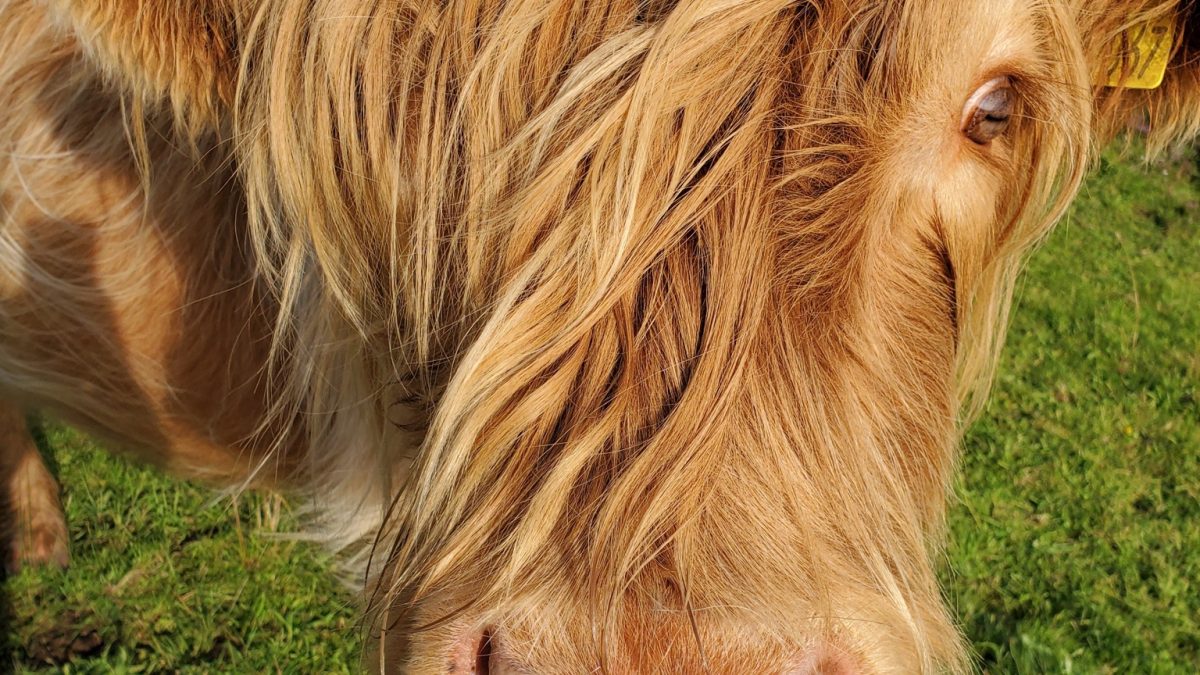
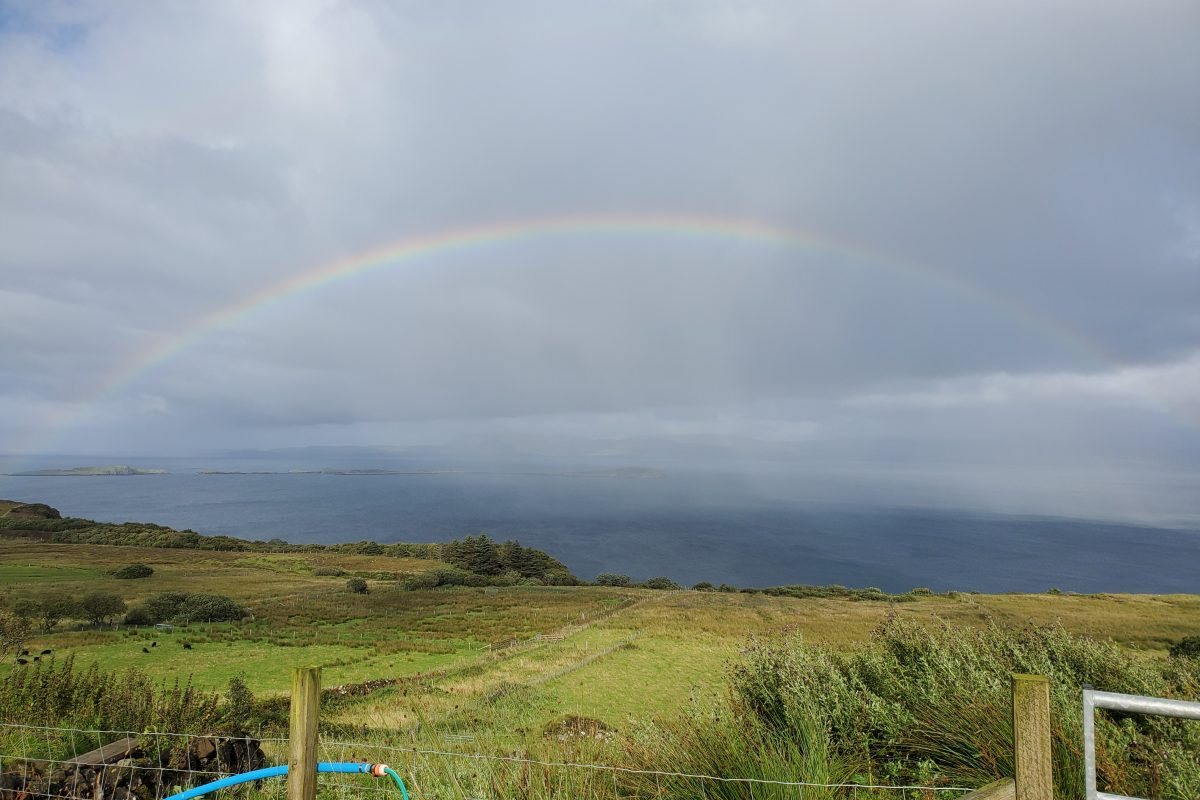

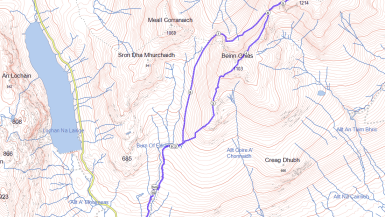
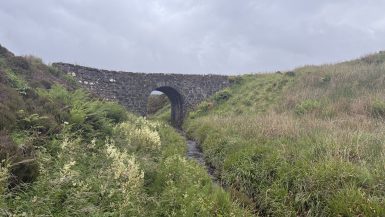
Leave a reply
You must be logged in to post a comment.